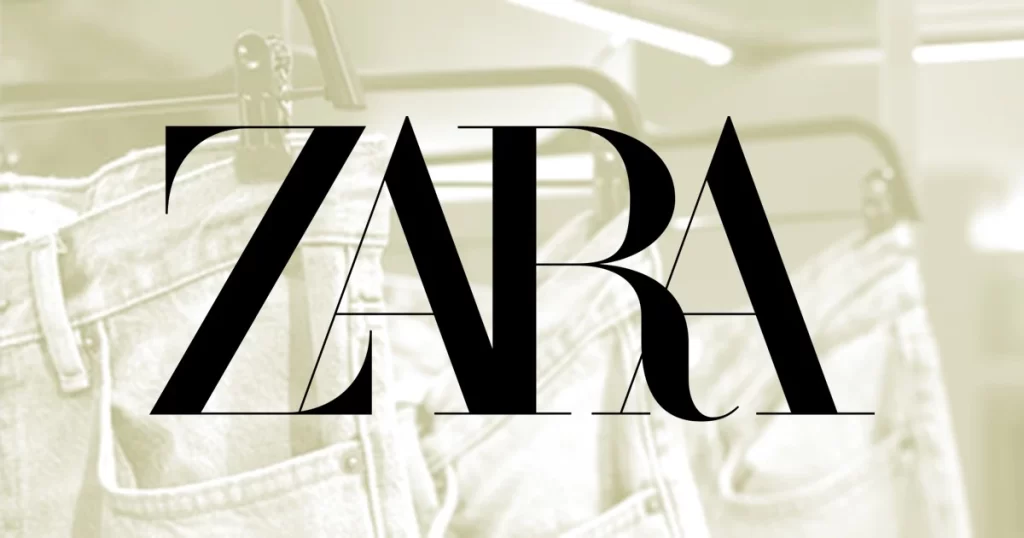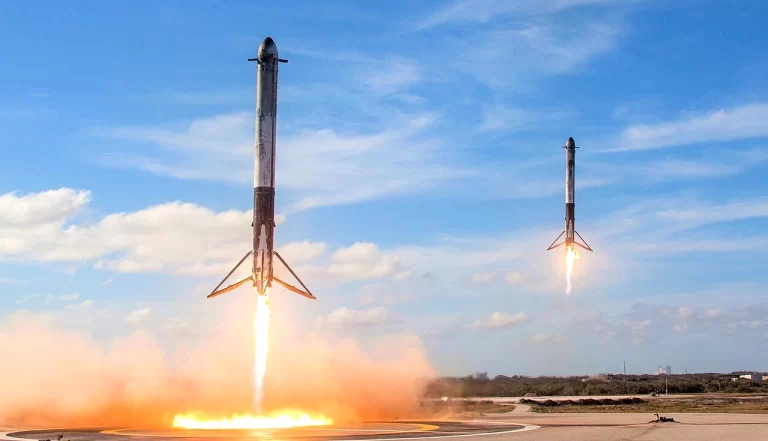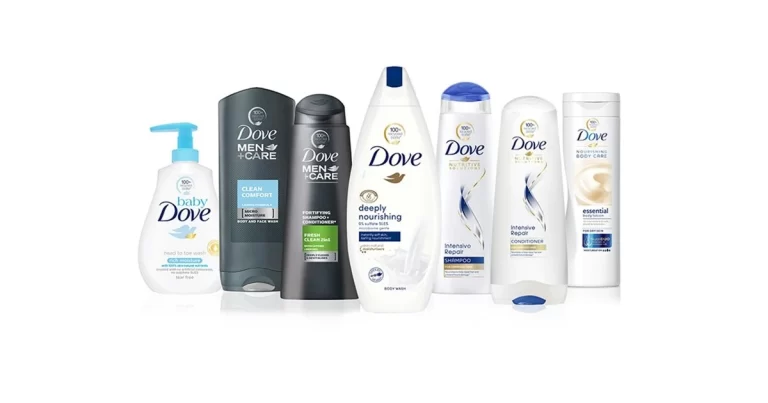Introduction
Zara, the flagship brand of Inditex, has revolutionized the fast fashion industry with its efficient supply chain. Unlike traditional retailers, Zara’s ability to move trends from runway to store shelves in record time sets it apart. The key to its success lies in supply chain agility, allowing the company to stay ahead of consumer demand and minimize inventory risks.
Background of Zara (Inditex)
Founded in 1975 in Spain by Amancio Ortega, Zara has grown into a dominant force in global fashion. Its parent company, Inditex, is the largest apparel retailer in the world, with over 7,000 stores worldwide. Zara’s business model is built on fast fashion, emphasizing rapid design, production, and distribution to keep pace with ever-changing fashion trends. This approach has made Zara one of Inditex’s most profitable brands, significantly contributing to its overall revenue.
The Fast Fashion Supply Chain at Zara
Vertical Integration
Zara’s vertically integrated supply chain is one of its strongest competitive advantages. Unlike most fashion retailers that outsource production, Zara owns a large portion of its manufacturing and distribution facilities. This level of control allows it to quickly adapt to market trends, reducing the time from design to retail.
Agile Manufacturing
Zara keeps much of its manufacturing close to its headquarters in Spain, allowing it to respond rapidly to shifts in demand. By producing in small batches and frequently refreshing its collections, Zara minimizes excess inventory and avoids markdown losses. This approach ensures that only highly desirable items reach the shelves.
Quick Response to Market Trends
Zara has developed a fast response system that enables it to design, produce, and distribute a new garment in just two weeks. In contrast, competitors may take several months to achieve the same turnaround. Zara’s design team monitors fashion shows, social media, and street styles to identify trends that resonate with customers, ensuring its products remain relevant and in demand.
Just-in-Time Inventory Management
The Just-in-Time (JIT) inventory model is another essential component of Zara’s efficiency. By producing limited quantities of each item, Zara creates a sense of exclusivity and urgency among consumers. Additionally, real-time sales data helps determine restocking needs, ensuring that inventory aligns with actual demand and reducing overstock issues.
Efficient Distribution Network
Zara’s centralized distribution system is designed for speed and efficiency. The company operates two main hubs in Spain, where all products are received, sorted, and dispatched to stores worldwide. This setup enables Zara to deliver new collections to stores within 48 hours, ensuring its shelves are always stocked with the latest trends.
Technology and Innovation in Zara’s Supply Chain
Advanced Data Analytics
Zara leverages real-time data analytics to fine-tune its supply chain operations. By analyzing sales patterns and customer feedback, the company can predict demand trends, determine product quantities, and optimize distribution. This data-driven approach minimizes waste and ensures efficient stock management.
RFID Technology
Zara uses Radio-Frequency Identification (RFID) tags to track inventory accurately. RFID technology helps reduce restocking times, providing a clear view of which products are performing well. This efficiency allows Zara to keep stores well-stocked with popular items while phasing out slower-moving products.
Sustainable Practices
Zara has increasingly focused on sustainability within its fast fashion supply chain. The company has implemented initiatives to reduce waste, integrate more sustainable materials, and improve energy efficiency in its operations. As consumer awareness of fast fashion’s environmental impact grows, Zara continues to refine its sustainability efforts.
Competitors in the Fast Fashion Industry
Zara faces stiff competition from global fast fashion brands like H&M, Uniqlo, and Primark, each employing distinct strategies to capture market share. H&M emphasizes affordability and sustainability, aiming for a fully circular and climate-positive business model by 2040, but relies more on outsourced production, resulting in longer lead times compared to Zara’s agile supply chain.
Uniqlo differentiates itself with a focus on quality and timeless basics, leveraging technological innovation within its supply chain, while Primark competes on price, maintaining ultra-low-cost fashion through low production expenses and longer lead times. Despite the varied approaches, all competitors contend with similar challenges in sustainability and supply chain disruptions, underscoring Zara’s need to continually innovate and adapt to maintain its competitive advantage.
Zara’s Competitors – Revenue and Store Count
Zara faces intense competition from global fast fashion brands, each adopting unique strategies to capture market share:
- H&M – Focuses on affordability and sustainability, aiming to achieve a fully circular business model by 2040. However, its reliance on outsourced production results in longer lead times than Zara’s agile model.
- Uniqlo – Prioritizes quality and timeless designs, using supply chain innovations to differentiate itself.
- Primark – Competes through ultra-low prices, achieved by minimizing production costs. However, its lack of online sales limits digital market reach, where Zara excels.
Despite different strategies, these brands face similar challenges, particularly in sustainability and supply chain disruptions. Zara’s superior speed and responsiveness remain key advantages in maintaining its market leadership.
Zara’s Competitive Position: Revenue and Store Count
Zara’s dominance in fast fashion is reflected in its strong revenue and global presence:
- The company operates 2,221 stores worldwide and leads in revenue among fast fashion brands.
- While online-only brands like ASOS and Zalando have gained traction, Zara’s hybrid digital and physical retail model provides a balanced market presence.
- Competitors like Primark, which focuses solely on brick-and-mortar stores, miss out on e-commerce sales, an area where Zara thrives.
Results and Impact
Zara’s focus on supply chain efficiency has yielded impressive results. The company’s ability to quickly adapt to changing fashion trends has made it one of the most profitable brands in the world. Zara’s supply chain strategy has also significantly reduced lead times, minimized excess inventory, and improved overall operational efficiency. These advantages have allowed Zara to maintain a competitive edge in the fast-paced fashion industry.
Net Sales and Net Income Trend (2018-2023)
Despite challenges like the COVID-19 pandemic, Zara’s financial performance has remained strong:
- Net sales grew from €26.15 billion in 2018 to €35.9 billion in 2023.
- Net income saw a strong recovery post-2020, reaching €5.4 billion in 2023.
- Sustainability efforts also progressed, with Zara increasing its use of recycled materials from 13% in 2021 to 20% in 2023.
- The company aims to reduce CO2 emissions by 90% by 2040, aligning with global sustainability goals.
Zara Revenue Distribution by Region (2023)
In 2023, Zara’s revenue was predominantly driven by its European market, accounting for 41.8% of total revenue, followed closely by the Americas at 25.6%, and Asia at 24.3%. This distribution highlights Zara’s strong market presence in both developed and emerging markets. The strategic focus on these key regions, supported by an efficient and responsive supply chain, has enabled Zara to capture diverse consumer bases while maintaining robust sales growth across its global footprint. By leveraging its agile supply chain and investing in digital transformation, Zara continues to adapt to regional market dynamics, enhancing its competitiveness on a global scale.
Challenges and Future Outlook
Key Challenges
- Sustainability Concerns – As fast fashion faces increased environmental scrutiny, Zara must balance rapid production with sustainable practices.
- Global Supply Chain Disruptions – Events like COVID-19 and geopolitical tensions highlight vulnerabilities in global supply chains, requiring continued innovation.
Future Outlook
Zara’s continued success will depend on:
- Investing in advanced technology to enhance supply chain efficiency.
- Expanding digital capabilities to strengthen its e-commerce presence.
- Integrating sustainable practices across its operations to meet evolving consumer expectations.
Conclusion
Zara’s dominance in fast fashion is rooted in its highly efficient supply chain. Through vertical integration, rapid production cycles, and technology-driven insights, the company has set the standard for what it means to be a fast fashion leader.
As the industry continues to evolve, Zara’s ability to innovate and adapt will be critical in maintaining its competitive edge. By leveraging supply chain efficiency, digital transformation, and sustainability, Zara is well-positioned to lead the future of fast fashion.




